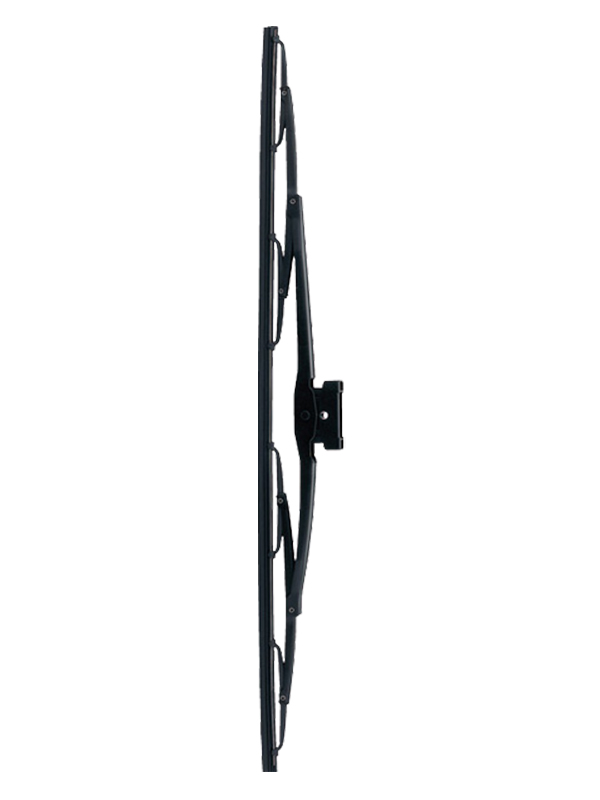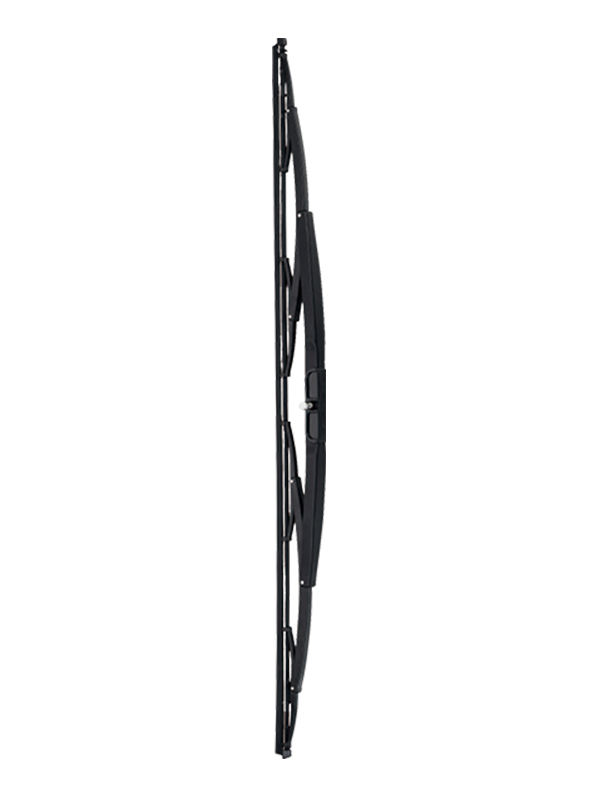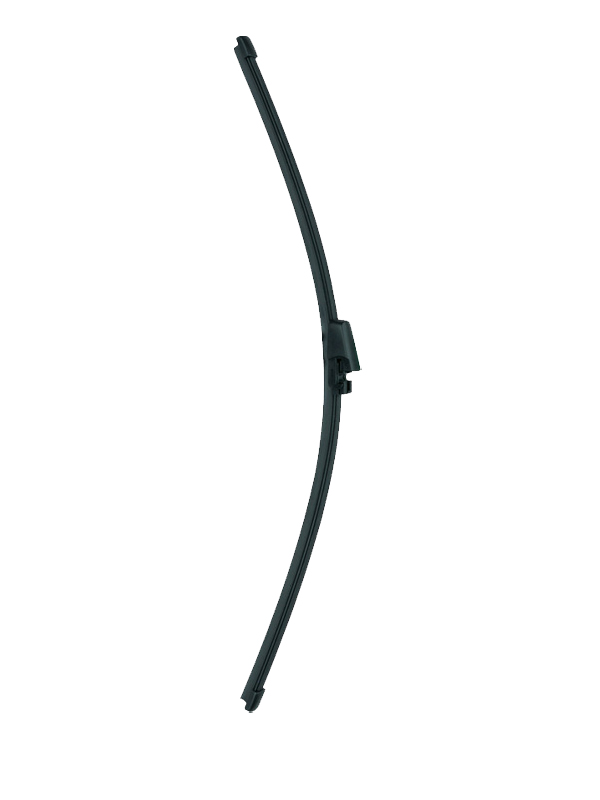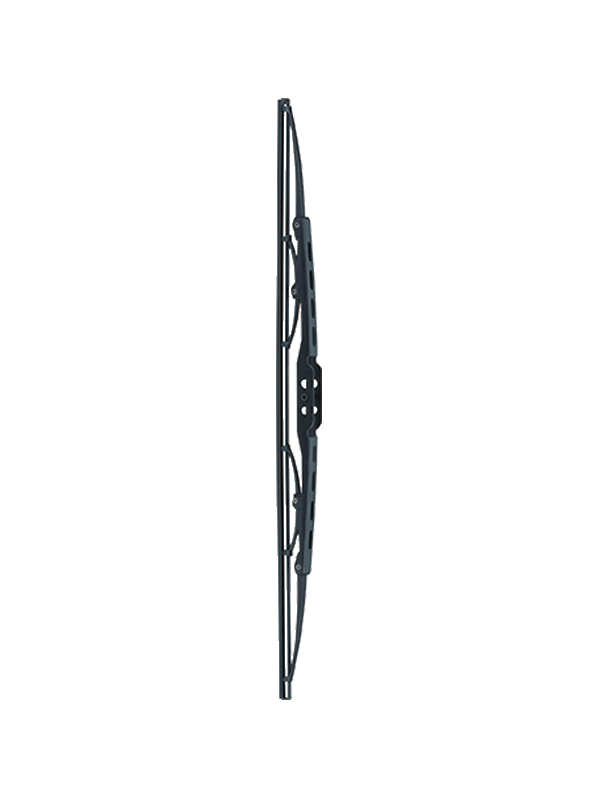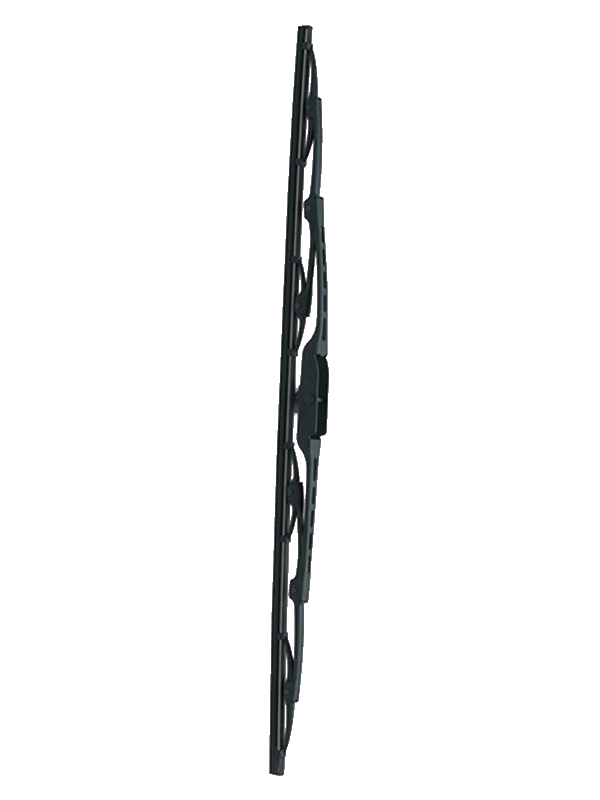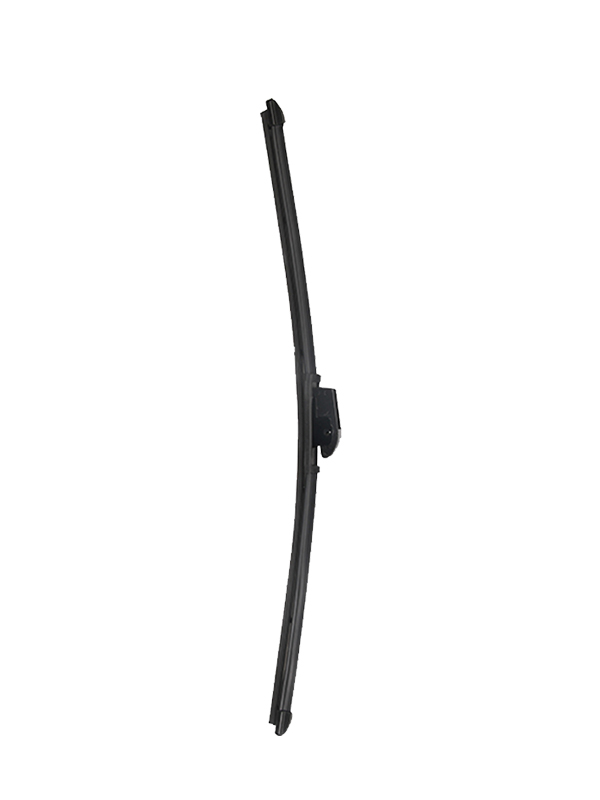Submit feedback
Analysis of Wiper Structure and Material Upgrade Trends

Structural Design Determines the Foundation of Performance
Side-lock type metal frame special car wipers feature a frameless design, with an internal structure constructed from spring steel and a plastic backing. Manufactured to OEM-grade standards, they deliver stable and efficient wiping performance. These wipers utilize a metal frame and natural rubber blades, ensuring even pressure distribution while effectively improving visibility in rainy conditions. Their side-lock interface design offers adaptability and ease of installation, making them suitable for a wide range of front windshield configurations. They demonstrate weather resistance and mechanical strength in practical use. In contrast, silicone wipers typically utilize a one-piece flexible structure with built-in guide ribs or a rubber-coated frame, resulting in a more streamlined appearance. However, they lack the rigid support of a metal frame and are susceptible to slight deformation due to wind pressure, impacting wiping consistency over time. From a structural perspective, metal frame car wipers offer advantages in maintaining wiper arm contact and maintaining a stable wiping path.
Differences in wiping performance stem from material properties
The key to a clean wipe lies in the compatibility of the blade material with the glass surface. Metal-framed wipers are equipped with natural rubber blades. This material is moderately flexible and adheres well to the glass surface, but its UV and ozone resistance is relatively average. Prolonged exposure to strong sunlight or acid rain can cause hardening and cracking, affecting the cleanness of the wipe line. Silicone wipers offer significant advantages in blade material. Their stable molecular structure offers aging resistance, and they retain their original elasticity, especially in high temperature and strong sunlight. With long-term use, silicone wipers maintain a clean, sharp wipe line, with virtually no skipping or residual water film due to blade deformation. Therefore, silicone wipers outperform traditional rubber blades in terms of long-term wiping performance. However, it should be noted that silicone blades may initially experience a slight lack of lubrication in light rainfall, making them less effective during initial installation.
Comparison of Lifespan and Weathering Performance
Although natural rubber wipers offer initial wiping performance, their service life generally ranges from 6 to 12 months due to material aging, especially in regions with harsh climates, where hardening is more likely to occur. Silicone, on the other hand, boasts oxidation and UV resistance, maintaining blade flexibility even in hot or cold environments, significantly extending the lifespan of the entire wiper. Furthermore, the rigid design of the wiper arm structure of side-lock metal frame car wipers helps withstand the impact of conditions such as wind pressure and rain and snow, providing greater resistance to deformation. This is particularly critical for stability in harsh conditions such as high-speed driving or mixed rain and snow. While silicone wipers offer a longer blade life, their overall structural flexibility makes them less resistant to wind pressure.
Quietness reflects driving comfort
Noise issues associated with vehicle wiper operation are primarily related to the blade edge treatment and pressure distribution on the wiper arm. The spring steel backing of side-lock metal frame car wipers provides uniform scraping pressure. Combined with precision fitting according to OEM manufacturing standards, this effectively reduces vibration and resonance during wiping, thereby reducing operating noise. The smooth wiping path, especially at medium and high speeds, creates a quieter driving environment. Silicone blades, due to their finer and smoother surface, are generally quieter during the initial wiping phase. However, after a period of use, the residual film of silicone material forms on the glass surface, which can cause increased friction noise, especially during dry wiping or light rain. Therefore, overall, side-lock metal frame special wipers offer more consistent quietness.
High-end positioning requires both structural and material upgrades
For users seeking a balance of durability and performance, the side-lock metal frame special car wiper is undoubtedly a high-quality product with stable structure, clean wiping, and quietness. Its frameless design not only enhances the vehicle's overall appearance but also reduces wind resistance and vibration. The highly elastic steel frame and OEM-grade craftsmanship ensure precise and reliable wiping with every stroke. However, from the perspective of material evolution, silicone wiper blades have indeed brought a qualitative improvement in blade lifespan and weather resistance. If silicone blades can be integrated with metal frame structures in the future, wiper performance will undoubtedly be pushed to a higher level. Currently, some high-end models on the market are experimenting with a hybrid design of metal frames and silicone blades. This technological path also provides a clear direction for upgrading traditional rubber wipers.


 English
English  中文简体
中文简体 

